*it's all fake, it's a videogame
*it's all fake, it's a videogame


Yes there's no fancy sim - it just uses a water interaction buffer as a target for the particle system rendering, so we could use the power of particle system we already have.
Given how interactive water in CS2 is, I expected to see some cellular fluid simulation, but turns out they just use a low-resolution off-screen buffer with flat 2D decals used for various aspects of water. Reminds me of HL2 water :)
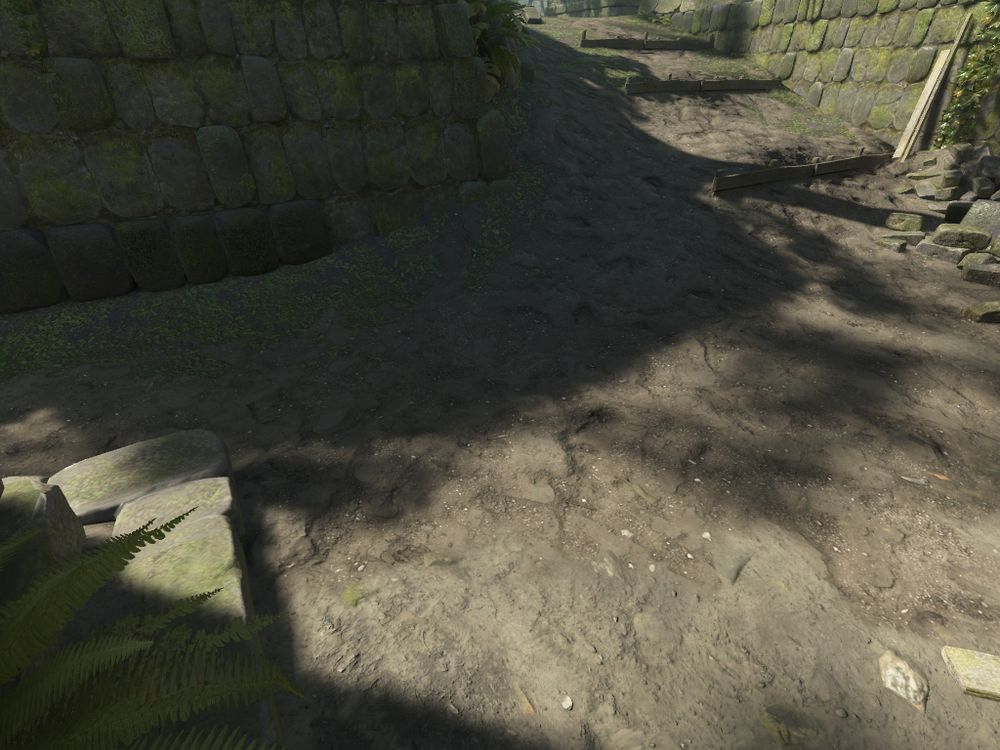
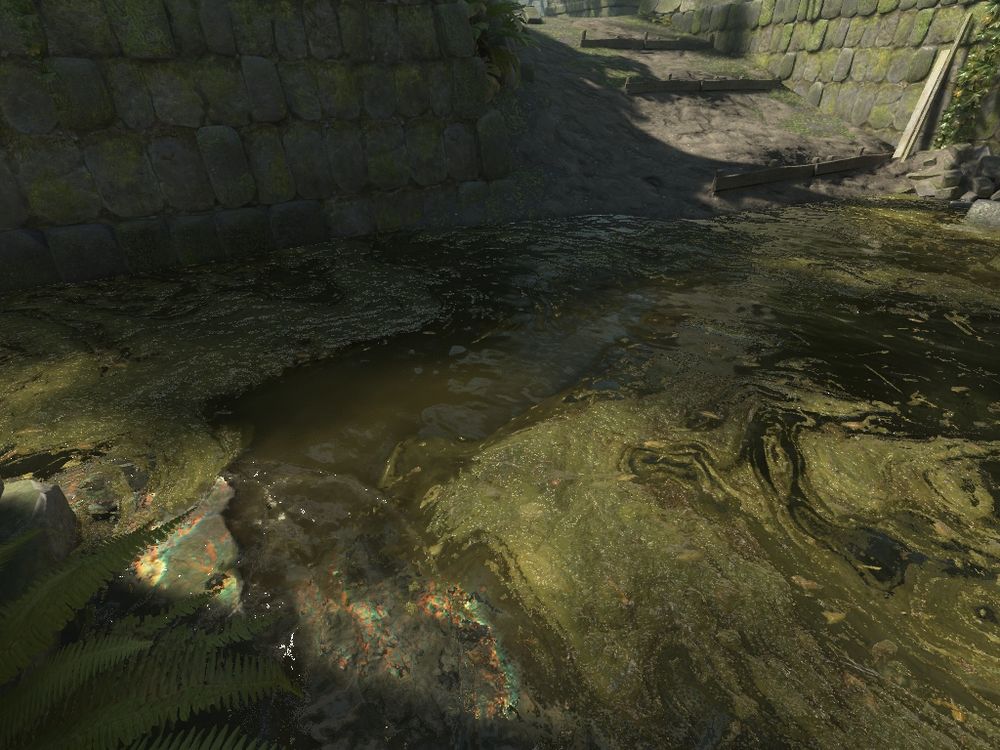
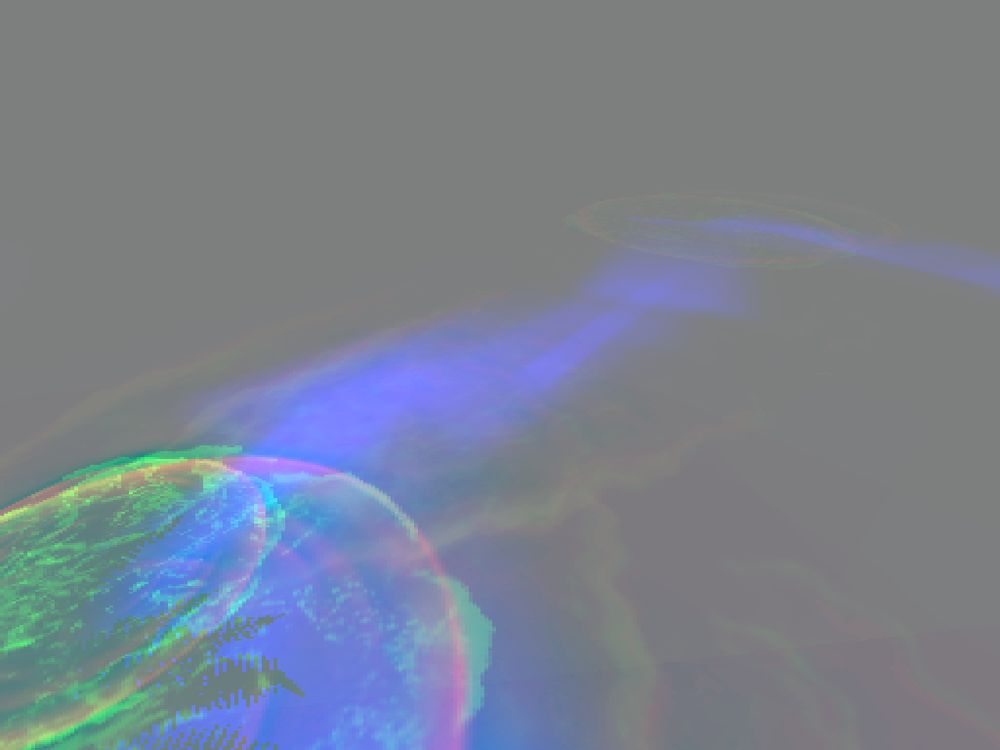
Yes there's no fancy sim - it just uses a water interaction buffer as a target for the particle system rendering, so we could use the power of particle system we already have.


store.steampowered.com/news/group/4...

store.steampowered.com/news/group/4...


1) Anti-aliasing - Real life is not limited to pixels so unless you're specifically going for a pixelated style, you should be anti-aliasing everything!
mini.gmshaders.com/p/antialiasing
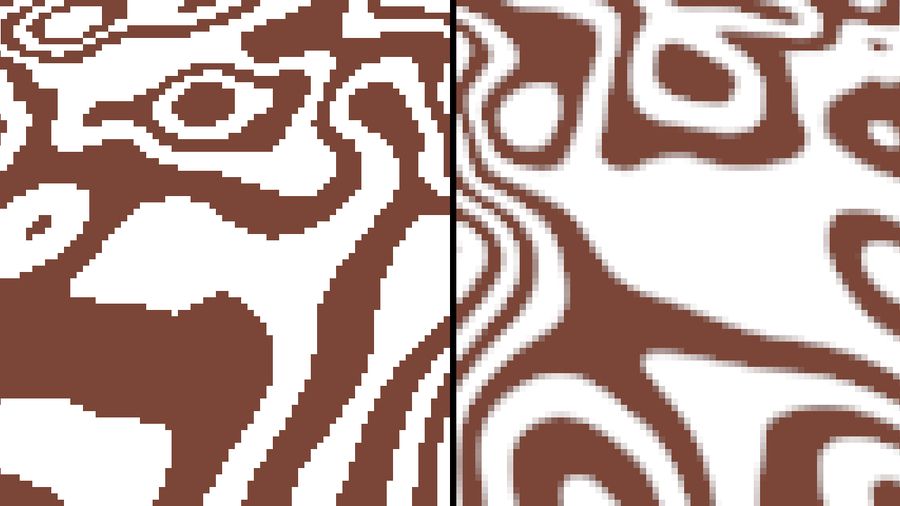
1) Anti-aliasing - Real life is not limited to pixels so unless you're specifically going for a pixelated style, you should be anti-aliasing everything!
mini.gmshaders.com/p/antialiasing


Half-Life 2: 20th Anniversary Documentary
youtu.be/YCjNT9qGjh4
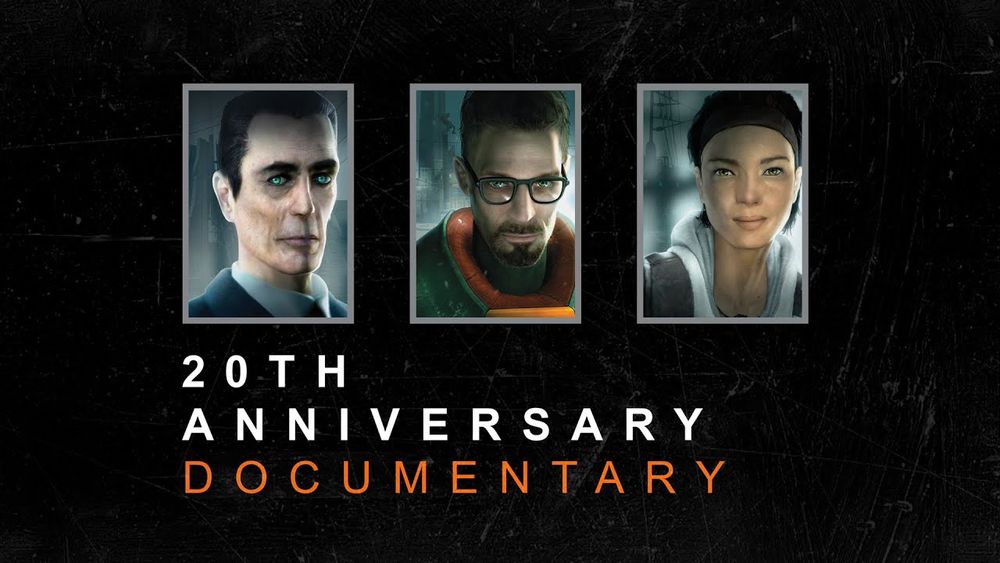
Half-Life 2: 20th Anniversary Documentary
youtu.be/YCjNT9qGjh4
Add it to your calendar here:
store.steampowered.com/steamdeck



Add it to your calendar here:
store.steampowered.com/steamdeck

Though I didn't expect to make the gaming news by posting an old clip from ITVoG - and apologies for opening old wounds!
Though I didn't expect to make the gaming news by posting an old clip from ITVoG - and apologies for opening old wounds!

